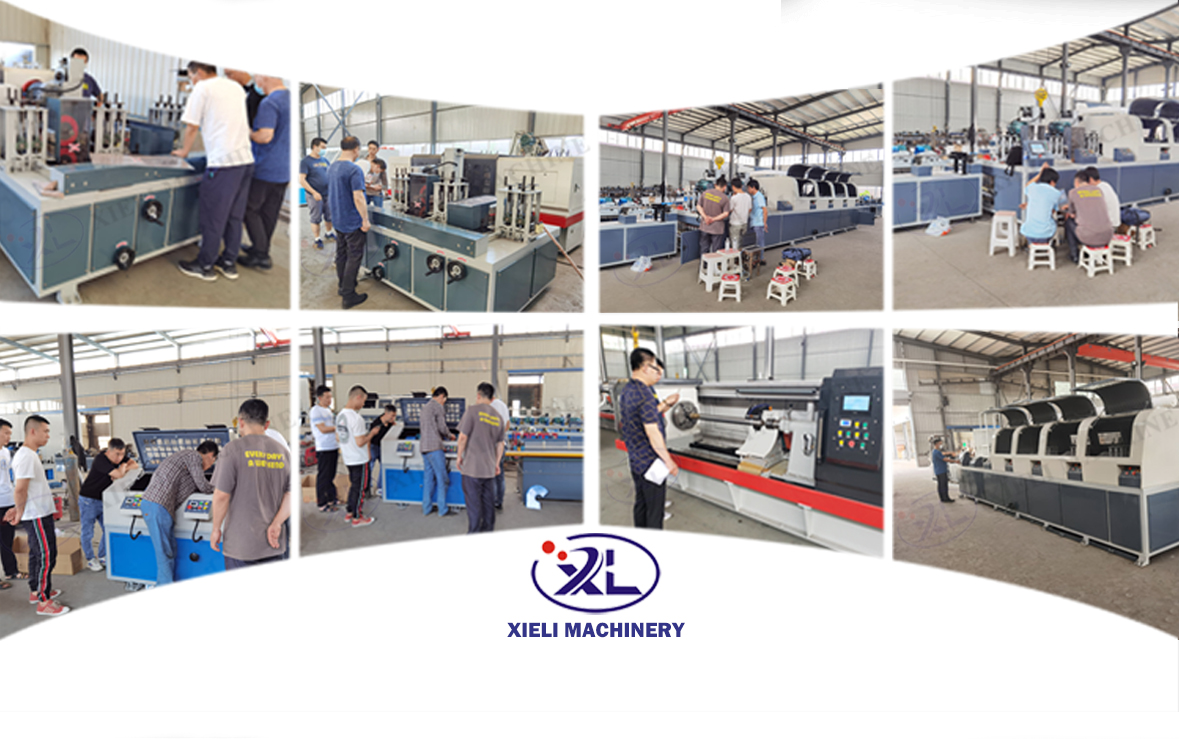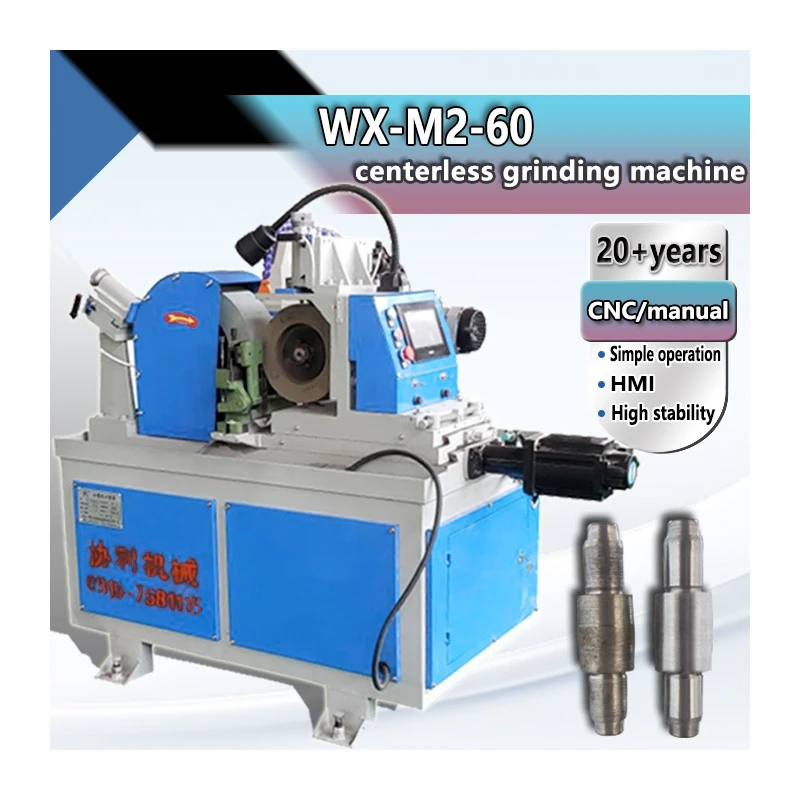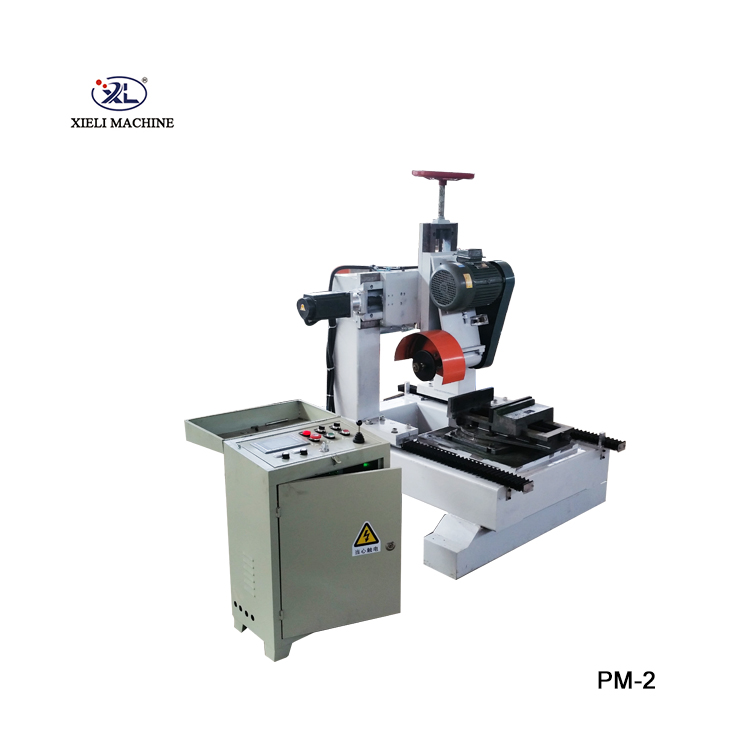Centerless Grinder Troubleshooting Common Issues and Solutions
Centerless grinding is a critical manufacturing process used for producing high-precision cylindrical parts. However, even the most efficient machines can encounter issues over time. Proper troubleshooting is essential to maintain productivity and ensure that the grinding process runs smoothly. This article outlines common problems associated with centerless grinders and offers practical solutions.
Understanding Centerless Grinding
Before diving into troubleshooting, it is important to understand the basic functioning of a centerless grinder. Unlike traditional grinders, centerless grinders do not require the workpiece to be mounted between centers. Instead, the machine uses a combination of grinding wheels and support rolls to hold the workpiece in place while it is being ground. This design allows for high-speed production of cylindrical components with tight tolerances.
Common Issues in Centerless Grinding
1. Inconsistent Part Size One of the most frequent issues in centerless grinding is an inconsistency in part size. If parts are coming out too large, too small, or with varying dimensions, it may indicate problems with alignment or wheel wear.
Solution Check the alignment of the grinding wheels and support roll
. Ensure that the wheels are correctly dressed and that they are not excessively worn. Adjusting the position of the work rest can also help maintain consistent part size.2. Chatter Marks Chatter marks appearing on the finished parts can indicate an unstable grinding process. These marks not only affect the aesthetic quality of the parts but can also influence their performance.
Solution To reduce chatter, check the machine's setup. Ensure that the workpiece is properly supported and that the grinding wheels are well balanced. Additionally, adjusting the feed rate and grinding speed can help minimize vibration. Using a softer wheel or altering the grinding coolant can also contribute to a more stable operation.
3. Poor Surface Finish A poor surface finish can be attributed to several factors, including wheel grit, feed rate, or machine vibration. Parts with a rough surface finish may not meet required specifications.
centerless grinder troubleshooting

Solution Examine the grinding wheels for wear and replace them if necessary. Selecting the appropriate grit size for the specific material being ground is crucial; finer grits typically yield smoother finishes. Adjusting the feed rate and ensuring proper coolant application can also enhance surface quality.
4. Overheating of Parts Overheating during the grinding process can lead to thermal damage, potentially affecting the hardness and dimensional stability of the workpiece.
Solution First, confirm that the coolant system is functioning correctly. An insufficient or improper coolant can lead to overheating. Secondly, adjust the grinding parameters, such as reducing the feed rate or the depth of cut, to decrease heat generation.
5. Wobbling or Poor Roundness If parts are exhibiting wobbling, it could indicate problems with the workpiece support or uneven wear of the grinding wheels. Poor roundness is not acceptable in precision machining and requires immediate attention.
Solution Inspect the support rolls for damage or wear and replace them as necessary. Additionally, ensure that the grinding wheels are dressed properly and are concentric. Adjusting the height of the work rest can also help achieve proper roundness.
6. Machine Noises Unusual noises coming from the machine may signify various mechanical issues, including improper alignment or worn components.
Solution Conduct a thorough auditory inspection to identify the source of the sound. Check for loose or worn parts, and ensure that all components are properly lubricated. Listening to the machine can provide vital clues to timely repairs, potentially preventing more significant breakdowns.
Conclusion
In the centerless grinding process, troubleshooting is a crucial skill for operators and maintenance personnel. Identifying and addressing common problems promptly not only improves the quality of the finished products but also prolongs the life of the machinery. Regular maintenance and keeping a close eye on operational parameters can significantly reduce the likelihood of encountering issues. By understanding the common challenges associated with centerless grinders and employing these solutions, manufacturers can strive for optimum performance and efficiency in their grinding operations.





